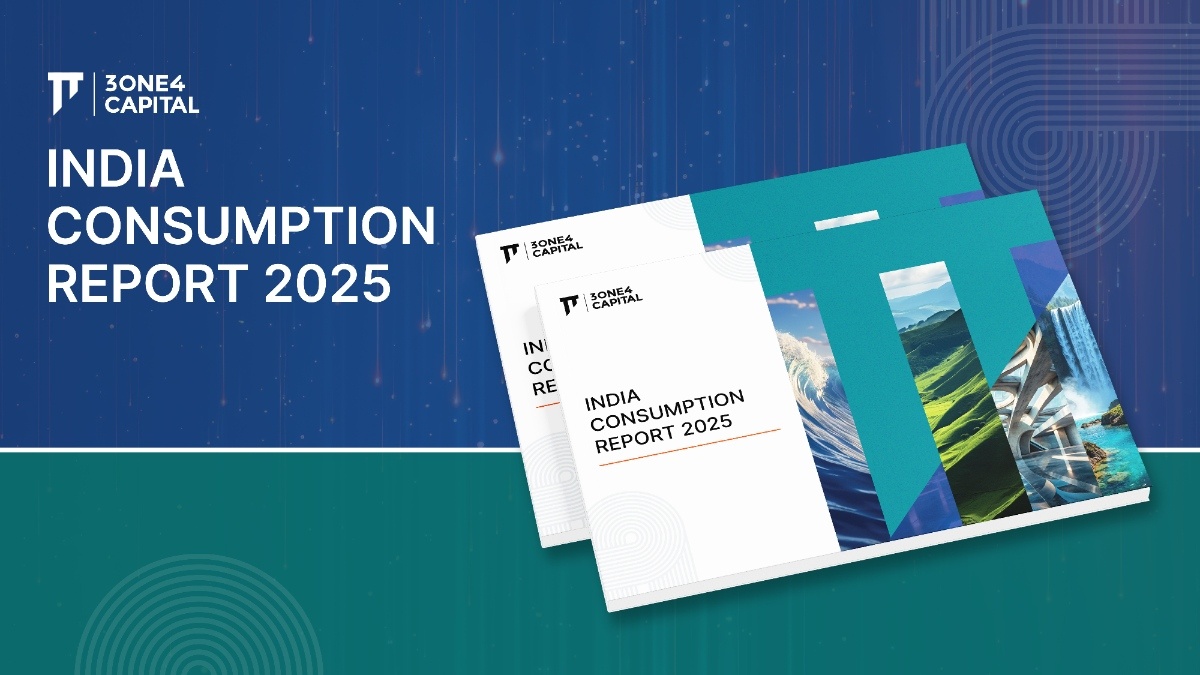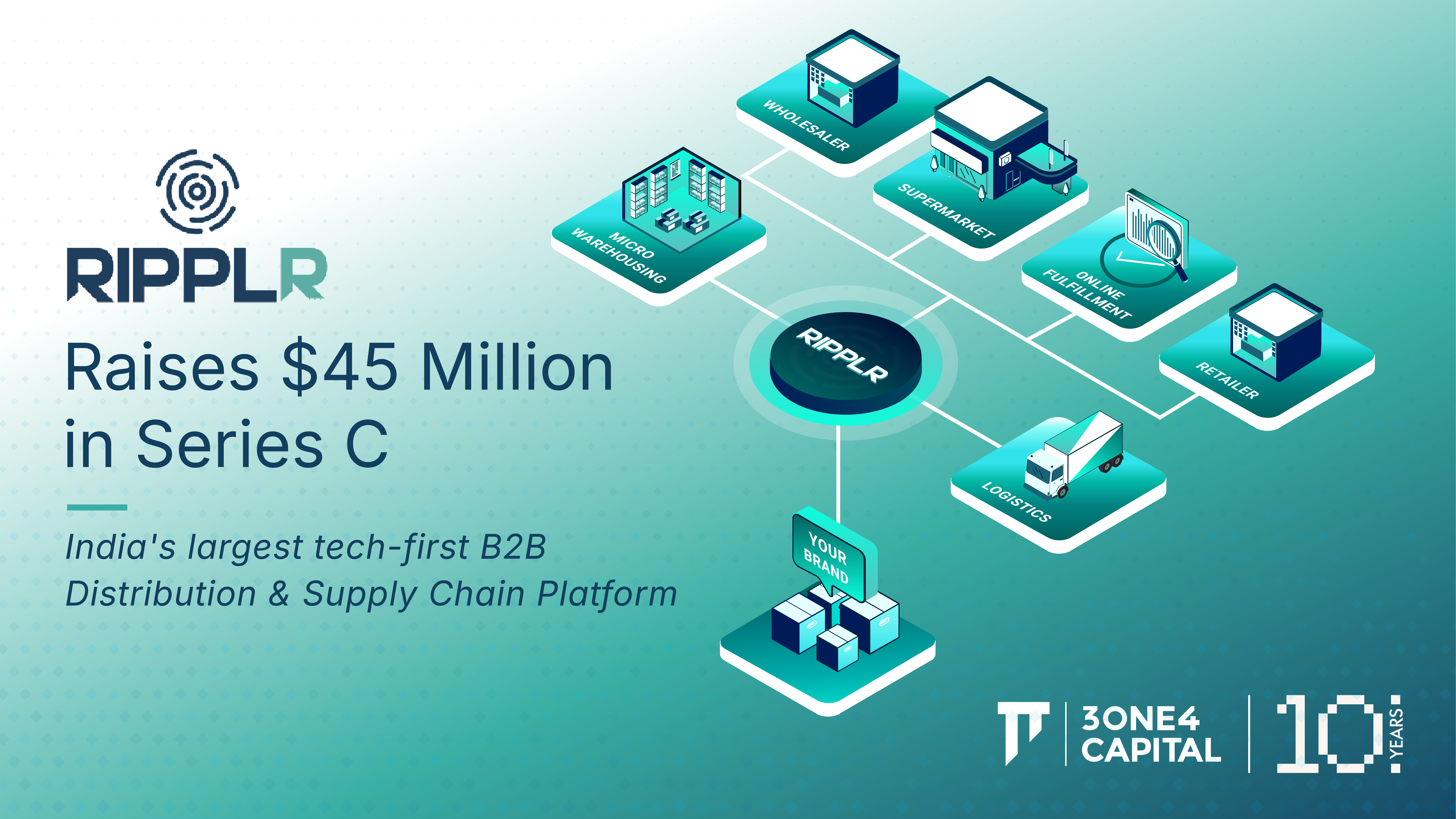
Budget 2023-24: Jobs creation, the next socio-political frontier
The NDA government has tackled two major issues in India over the previous nine years. One, it has overseen the largest step function in development in Independent India by deploying social schemes for access to basic amenities like housing, water, electricity, and more. Two, it has built infrastructure that networks the whole country, improved productivity, and provided the military a better standing to protect India's sovereign borders. Jobs is the next prominent socio-political frontier.
India's economy has been growing rapidly since the 1991 economic liberalization. Nominal GDP has grown from INR 113.5 trillion in FY14 to INR 273.1 trillion in FY23 – amounting to a robust 10.25% CAGR and a nine-year total growth of 141%. Steady generation of formal employment has accompanied growth – gauged by the extensive data available with the Employee Provident Fund (EPF) and Employee State Insurance (ESI). These are reliable databases since new subscribers are only recorded on receiving the actual deduction.
1.12 crore net new subscribers joined the EPF scheme in FY19. The number dipped to 94.7 lakhs and 94.5 lakhs in FY20 and FY21, respectively, presumably due to the pandemic’s recessionary effect. With the economy rebounding strongly in FY22, a record high of 1.38 crore new subscribers was recorded. In FY23, between Apr’22 and Oct22, 98.6 lakh new subscribers have already registered – 71% of the FY 22 total. Trends suggest the FY23 total in Mar’23 will exceed the already strong performance in FY 22. A significant total of 6.12 crore new jobs have been recorded on EPF between Sep’17 and Oct’22.
The ESI scheme has also recorded robust growth, with 1.49 crore new subscribers in FY19, 1.51 crore in FY20, 1.15 crore in FY21 - a dip due to the pandemic followed by a strong rebound of 1.49 crore new subscribers in FY22. In FY23, between Apr’22 and Oct’22, 1+ crore new subscribers have already been registered – 68% of the FY 22 total. As with EPF, trends suggest the FY23 total in March 2023 will exceed the already strong performance in FY22 of new subscribers in the ESI scheme. A significant total of 7.5 crore new jobs have been recorded on ESI between Sep’17 and Oct’22.
Despite contentious statements in the media regarding jobless growth, EPF and ESI data – which, again, record new subscribers only on actual contribution and are not based on thin surveys – suggests there is a reasonable trend of employment generation. Claims that these only indicate formalization do not hold for two reasons. Firstly, these databases also record data of establishments remitting their first cheque in the FY – which is the indication of existing employees getting formalized. For example, 62,535 establishments remitted their first cheque in FY22 on EPF, amounting to 12.5 lakh jobs formalized. This means 1.26 crore (1.38cr – 12.5lk) jobs were newly created in FY22 barring formalization.
Secondly, a significant number of jobs are being created in the 18-25 age bracket. On EPF, 56.4 lakh new jobs created in FY19 were in that age bracket – 50.1% of the total. Similarly, 53.3%, 51.4%, 52.4% and 51% of total jobs created in FY20, FY21, FY22 and FY23 respectively were in that bracket. On ESI, the corresponding percentages are 48.2% (FY19), 48.6% (FY20), 48.4% (FY21), 48.2% (FY22) and 47.9% (FY23). It is highly unlikely that existing jobs being formalized would count such an overwhelming percentage in that young a population. It stands to reason that these are indeed new jobs being created.

The percentage of women among new subscribers seems to be climbing. In EPF, women formed 18.1% of new subscribers in FY18, which has increased to 22.8% (FY21), 25.4% (FY22) and 26.5% (FY23). Similarly in ESI, women formed 15.5% of new subscribers in FY18, which has increased to 17.9% (FY20), 18.5% (FY22) and 19.1% (FY23).
While employment growth is reasonable, strategic investment and incentives are necessary to provide adequate employment for India's aspiring population. The agriculture-dependent workforce has been moving to services and industry at the rate of 1%p.y. since 2000, and this trend is accelerating. They need robust opportunities where they can be skilled, upskilled and find suitable local employment. The other interrelated matter is the availability of jobs with adequate salaries to meet aspirations. Today, most EPF and ESI jobs pay less than INR 20,000 monthly.
Budget 2023-24 is an opportunity to broaden job availability by utilizing the phenomenal work undertaken with the social schemes and infrastructure development over the last nine years. The Atma Nirbhar Bharat movement, Production Linked Incentive schemes, Make in India and Skill India initiatives, and export-linked manufacturing plans all provide a robust foundation to launch a country-scale employment generation movement. It is suggested that these be established as Special Employment Zones (SEZs) – a vision to create five crore new jobs in India’s heartland over five years.
A significant allocation in Budget 2023-24, with continued allocations thereafter, will help achieve this vision. The allocation will be used to develop industry clusters, incentivise employers to set up factories there, and the complementary urbanisation required to make the clusters globally competitive. It is expedient to locate these clusters in labour-surplus regions. The scheme can identify 300 of India's backward districts and 1,000 tier 2/3/4 towns across the country, establish these clusters close to them, and provide the connectivity for the workforce to commute freely as well as the rapid movement of goods and materials to and from the country's arterial networks.
The Budget can provide a tax deduction to entities registering in these SEZs, covering 130% of salaries and wages paid for employees residing in the neighbouring towns and districts for ten years. The Kaushal scheme can be incorporated for skilling and to verify salaries and wages via payment towards EPF or ESI. Women, who may not be able to commute or relocate as freely as men, can now find suitable employment close to their homes and fully engage in the economy, thereby increasing their workforce participation significantly. The SEZ mission will promote large-scale job creation in India's heartland, enabling backward districts to grow faster than their states, and creating the nation's new growth engine.
Job creation will be a significant 2024 election issue. Promoting large-scale employment in India's heartland will prove politically expedient as it delivers quality employment prospects and greater economic inclusion to the doorsteps of the largest vote banks. This will be similar to how delivering development to these doorsteps during the 2014-19 term propelled the NDA back to victory in 2019. Budget 2023-24 will demonstrate the NDA's resolve to keep the evolving interests and aspirations of the citizens front and centre.
Originally published in the Financial Express


.webp)












